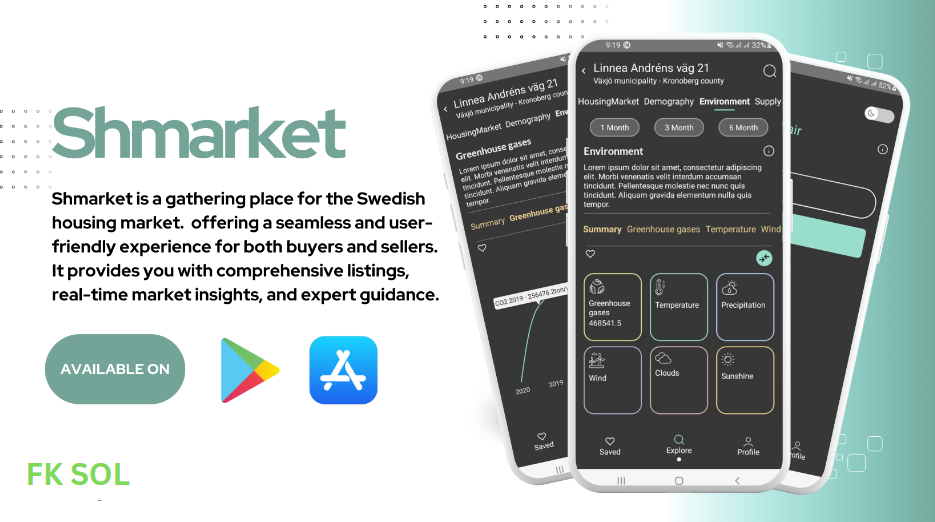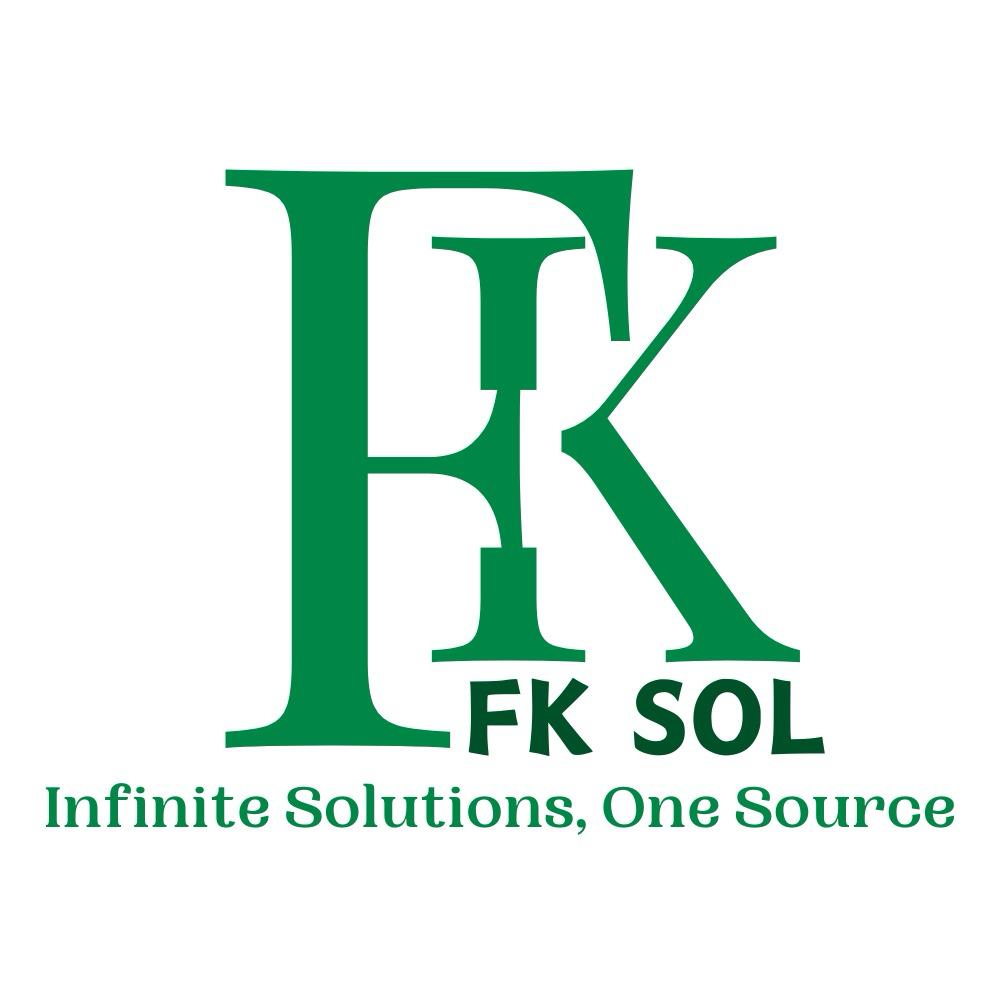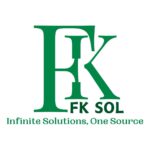SHMARKET
Comprehensive listings, real-time market insights and expert guidance.


Front-end: React Native
- React Native: React Native is a JavaScript framework that allows developers to build mobile applications using React, a popular JavaScript library for building user interfaces. React Native enables the development of cross-platform mobile apps that can run on both iOS and Android using a single codebase.
Back-end: Express.js
- Express.js: Express.js is a web application framework for Node.js, a JavaScript runtime. Express.js simplifies the process of building robust and scalable server-side applications. It provides a set of tools and features for creating APIs (Application Programming Interfaces) and handling server-side logic.
Database: MongoDB
- MongoDB: MongoDB is a NoSQL database that stores data in a flexible, JSON-like format called BSON. It is known for its scalability and flexibility, making it suitable for applications with varying and evolving data structures. In an e-commerce context, MongoDB could be used to store product information, user data, and other relevant details.
The use of React Native on the front end suggests a focus on creating a mobile-friendly and responsive user interface for the e-commerce application. Users can interact with the application seamlessly on both iOS and Android devices.
Express.js on the backend would handle server-side logic, manage API endpoints, and facilitate communication between the mobile app and the database.
MongoDB, as the chosen database, could provide a scalable and flexible storage solution for product catalogs, user profiles, order information, and other e-commerce-related data.
Gateway to the Swedish Real Estate World:
- The app positions itself as a gateway to the vibrant world of Swedish real estate. This suggests that it serves as a central platform connecting buyers and sellers within the Swedish property market.
Seamless and User-Friendly Experience:
- The emphasis on a seamless and user-friendly experience indicates a commitment to providing an intuitive and easy-to-navigate interface for both buyers and sellers. This design approach aims to enhance the overall user experience on the app.
Buyer and Seller Integration:
- The app caters to both buyers and sellers, indicating that it facilitates transactions from both perspectives. Buyers can explore and search for their dream homes, while sellers can list their properties for potential buyers.
Comprehensive Listings:
- The app offers comprehensive listings, suggesting that it provides a diverse range of real estate options. This could include various types of properties, such as residential homes, commercial spaces, or investment opportunities.


Real-Time Market Insights:
- Real-time market insights imply that the app provides up-to-date information about the current state of the real estate market in Sweden. This information can be crucial for making informed decisions, whether it’s for buying, selling, or investing in properties.
Expert Guidance:
- The mention of expert guidance indicates that the app may offer advisory or informational resources to assist users in making well-informed decisions. This could include tips, market trends, or guidance from real estate professionals.
Focus on Convenience, Accuracy, and Technology:
- The app emphasizes three key aspects: convenience, accuracy, and the latest technology. This suggests a commitment to providing a user-centric experience, ensuring that information is accurate and reliable, and leveraging cutting-edge technology to enhance the overall functionality of the app.
Commitment to Smoothing Real Estate Journeys:
- The closing statement underscores the commitment to making the real estate journey in Sweden smoother. This could involve streamlining processes, minimizing friction in transactions, and utilizing technology to simplify various aspects of real estate interactions.


